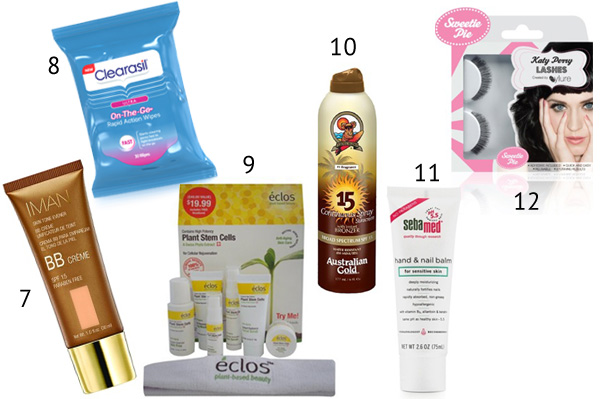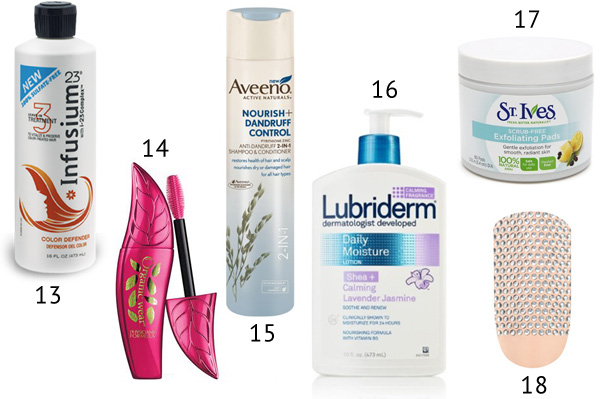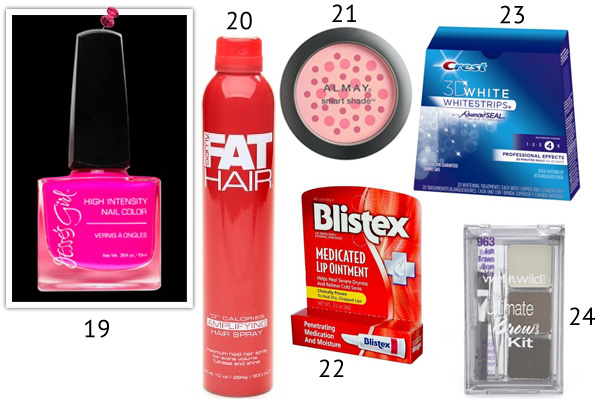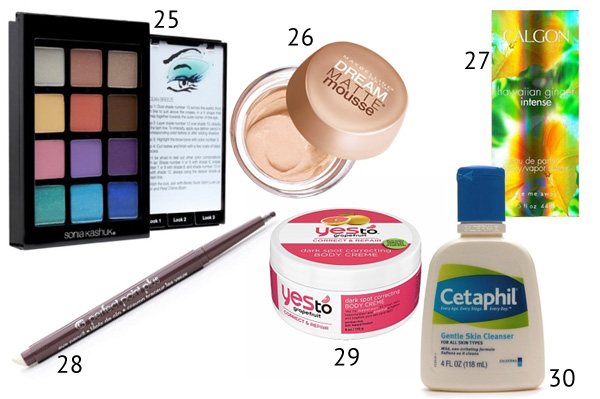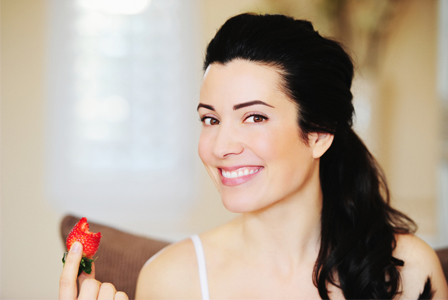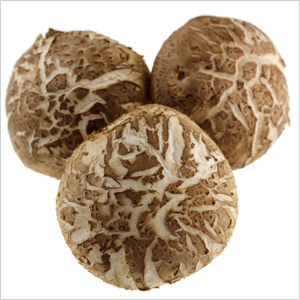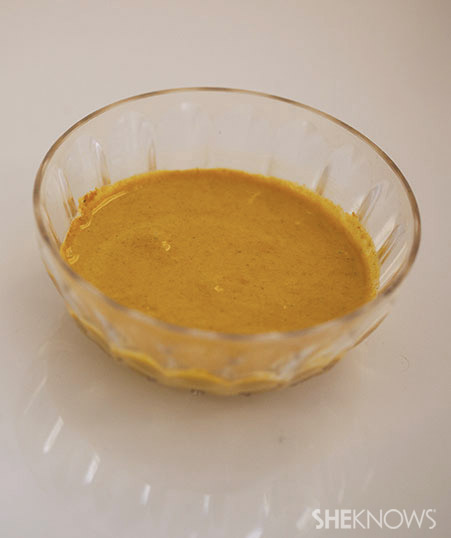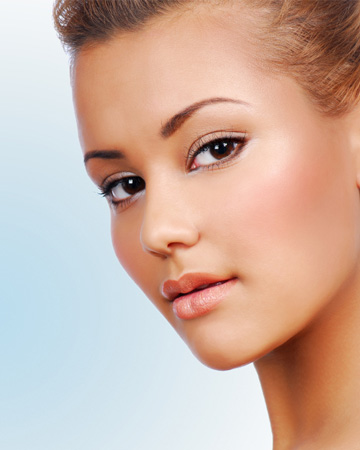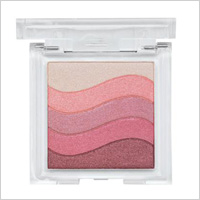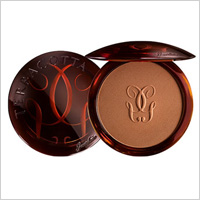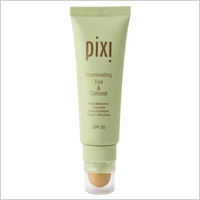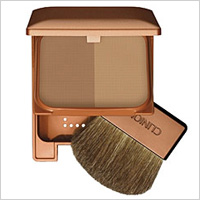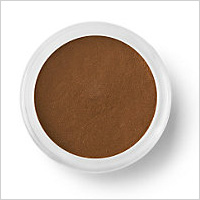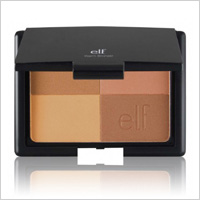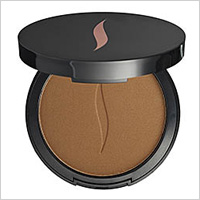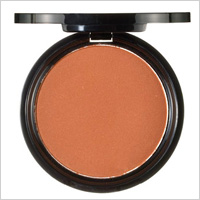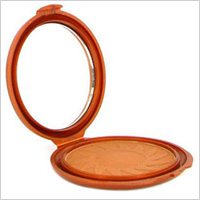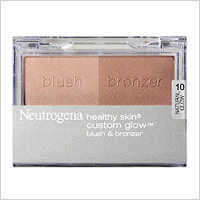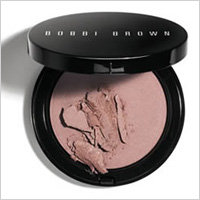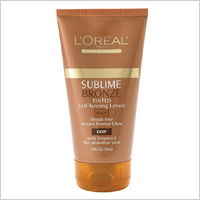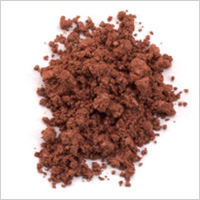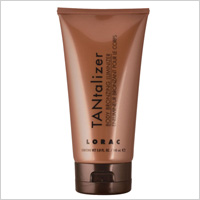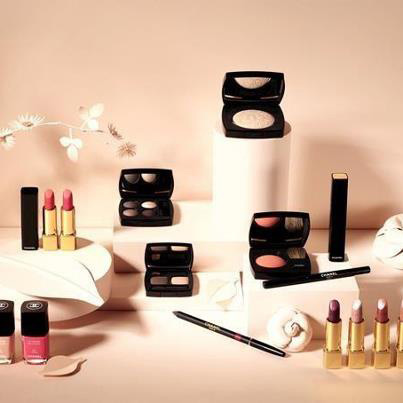You have all those fancy makeup brushes, but do you know how to use them? Celebrity makeup artist Erwin Gomez took the time to show us how it’s done!
![Erwin Gomez]()
Most women have at least a few makeup brushes in their bathroom drawers and makeup bags. But do you have the right ones? And do you know how to use them? More than likely, the answer is no.
Lucky for us, we've got help! Washington, D.C.-based makeup artist Erwin Gomez's clientele includes celebrities like Jennifer Garner, Rosario Dawson and Eva Longoria, among others. He took an afternoon to show us what brushes we need — and what we need to do with them once we have them!
General use and care
When you go shopping for a makeup brush, you're bombarded with choices. You don't need as many as you think.
"Like artists and painters, makeup artists have all different sizes and types of brushes. At home, though, you don’t need to have tons of brushes. You need six different types : foundation/concealer, blush, powder, contour, crease, blending and angle," explained Gomez.
![Makeup brushes]()
2
Buy the right brushes for you
Even when you know the type of brush you need, you still have a big selection to choose from.
"When buying makeup brushes, you really have to understand how your face is structured and your skin type — this will help you determine the shape, size and bristle length you need," Gomez said.
3
Clean your brushes often
Your makeup brushes pick up all the dirt, grime and oil from your face but then can deposit it back on your skin the next time you use them. You don't have to keep buying new ones. Just wash the ones you have.
"To clean a natural brush, use soap and water. The best way to clean a synthetic brush is using a hand sanitizer instead of soap and water. Soap and water actually make it damper. If you're going to reuse the brush immediately, hand sanitizer will dry faster — and kill germs," advised Gomez.
"It's an investment to get good brushes, so you must take care of them. Don’t ever soak them in water — it can loosen the glue and harm the wooden handle," he said. Instead, just hold the bristles under gently running water.
5
Pay attention to bristle length
"The longer the bristle, the softer the application and coverage," explained Gomez. "Shorter bristles will give you heavier application and more intense, matte coverage."
6
Choose natural hair brushes
Natural hair brushes are more expensive than synthetic, but Gomez says they're worth the investment.
"Synthetic brushes are best to cover up dark circles or imperfections, but people have a harder time blending with those to get that smooth, perfect skin. You can never beat natural hair brushes because they're the best blending tools. They're also better for your skin — people with sensitive skin may want to stick with natural hair brushes for that reason."
Concealer and foundation
7
Use a brush for foundation and concealer
"You can use the same brush for concealer and foundation," said Gomez. "People ask me all the time if they should use their fingers or a brush to apply foundation and concealer, but as you can see, the brush gives you smoother application and more coverage. After you've applied foundation or concealer, clean the brush and then use it to blend away any streaks."
![Makeup artist using makeup brush]()
8
The wider the brush, the wider the coverage
"A wider concealer brush, like the one on the right, is thicker and gives more spread and coverage. For a finer application, use a thinner brush, like the one on the left," he said.
![Makeup artist using makeup brush]()
Powder
9
Powder brushes shouldn't be too big
When choosing a brush for your powder, instinct may tell you to reach for the fluffiest brush in the bunch. Think again.
"You want to make sure that your powder brush is not too big," said Gomez. "You don't need a big, fluffy brush. A medium-sized brush with a wedge shape lets you get to every part of your face — using circular, sweeping motions. A big brush won't always give you an accurate application in the corners of your face, especially around the eyes or nose."
![Makeup artist using makeup brush]()
Blush
10
Match your brush to your face
Your brush size really needs to match your face size when you're applying blush.
"Use a brush with a width that complements your face shape — if you have a wider face, use a wider brush," said Gomez.
Gomez says the best way to perfect cheeks is to smile through the application.
"The first step of blush application is to smile! The part of your cheek that protrudes most when you smile is the apple, and that's where you want to apply the blush, using round motions."
![Makeup artist using makeup brush]()
Contouring
12
Flatter a prominent nose
Makeup brushes are great to camouflage your flaws, like a nose that takes up too much of your face.
"Use the contour brush to sweep the dark shades along the sides of your nose and the highlight along the bridge," he demonstrated. "This will make your nose appear slimmer and more defined."
13
Create higher cheekbones
Your round face doesn't have to look so round with the right use of a makeup brush.
"If your face is very round and you want to chisel it, use an angled brush to create higher cheekbones," said Gomez. "You'll also need two shades of matte foundation or powder: One should be a shade darker than your foundation to use under your cheekbone — a natural brown powder, bronzer or darker foundation with a matte finish is a great choice — and the other should be a neutral bone color to highlight the top of it."
![Makeup artist using makeup brush]()
To pull off this trick, follow these steps:
a. First, start with a nice palette and apply your foundation and concealer. Then, use a square contour brush to apply the darker shade or bronze in even, sweeping motions just beneath your cheeks.
![Makeup artist using makeup brush]()
b. Then, use a nice natural bone color to highlight the cheek.
![Makeup artist using makeup brush]()
c. Finally, apply the lighter bone color under the darker shade, above your jaw line, to heighten the contrast and make your cheekbones really pop
Eyes and brows
![Makeup artist using makeup brush]()
"Never use your fingers around your eyes! Only use your fingers with a cream eye shadow. When using a powder, always use a blending brush. You can use the same brush for the entire eye."
![Makeup brushes]()
15
Match your blending brush to your eye size
"Start with a blending brush. If you have smaller eyes, a fine-point blending brush [left] is better. If you have larger eyes, a fluffier, longer bristle option [right] is better," said Gomez. "Sable- or squirrel-hair brushes are beautiful choices for blending around the eyes."
16
Brush in a circular motion
Circular motions make for softer looks, so lay off the side-to-side unless you're going for a look that's harsh.
"Use a round, circular motion to blend highlight, crease and shadow properly — like how you might clean a window. Always brush in a circular motion, never back and forth. If you're using a pointed brush, don't dig — use rounded sweeps. The point of the brush guides the shadow application, and the softer surrounding blushes blend it," he advised.
![Makeup artist using makeup brush]()
17
Use brushes for your eyeliner
"Angle brushes are great to fill in your brows, and they also work to apply eyeliner," Gomez explained. "Use soft, dabbing motions along the lower lid of the eye or the unfilled areas of the brow — you don't want a lot movement because the particles go everywhere. Use the flat side of this brush along the lower eyelid for a dramatic look."
To finish
18
Use a makeup brush to give your look the final touch
"When your look is complete, use the wedge-shaped powder brush to sweep away excess particles. Again, this shape reaches smaller areas of the face that a more voluminous brush would sweep over."
![Final makeup look]()
More tips from SheKnows
10 Must-have makeup tools
Tips for office-appropriate makeup
How to prevent dreaded mascara bleeding












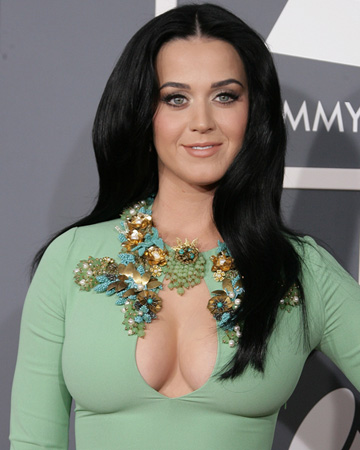



 A leather skirt
A leather skirt A coat
A coat Jewelry
Jewelry Boots
Boots
 Jersey Shore
Jersey Shore
